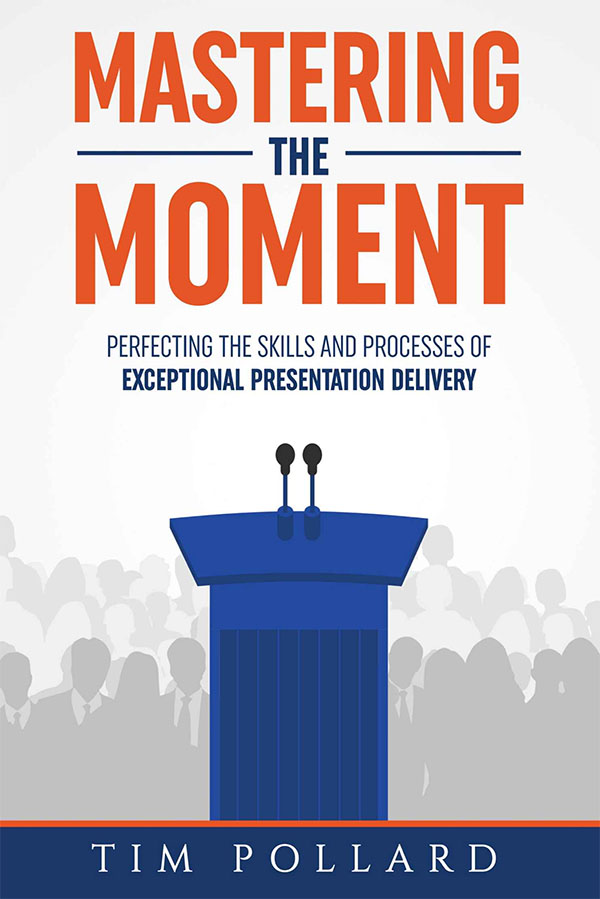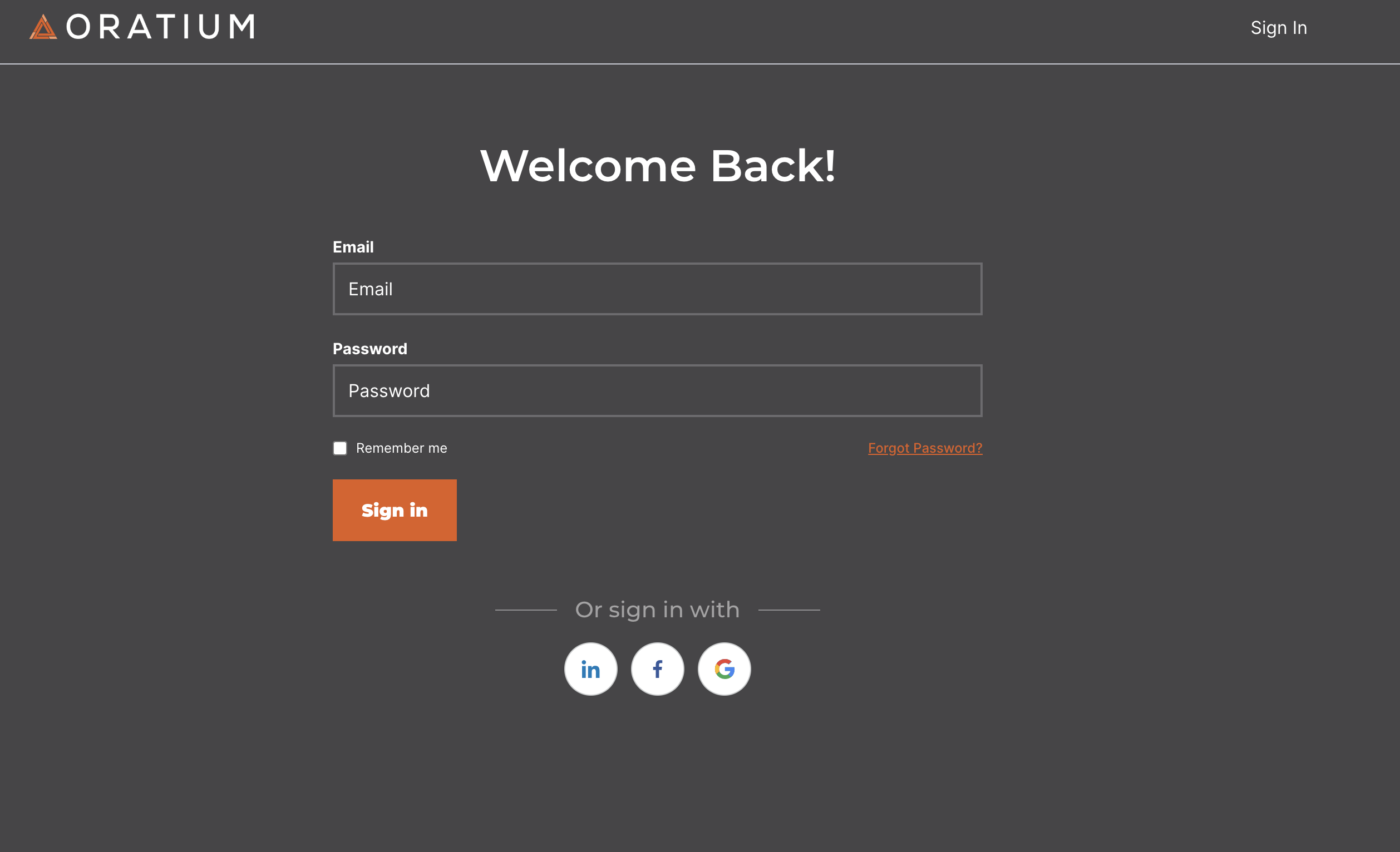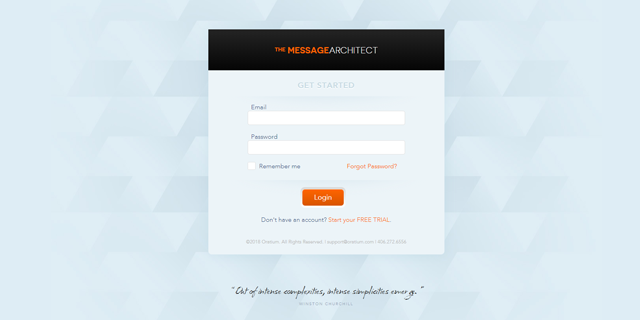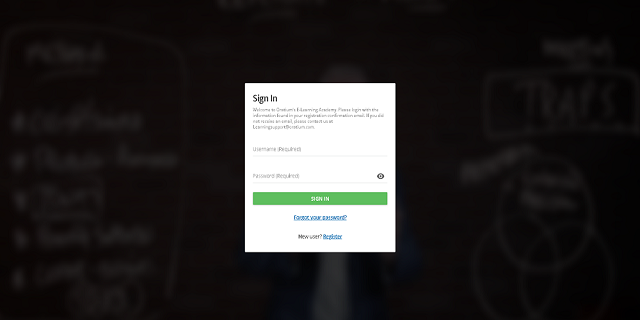There’s a long-standing military tradition of having a team of people “play the enemy.” The idea being to get a deeper insight on what they might do. “If I were going to attack me… how would I do it?…”
It always interesting to look at an issue from the other side of the fence, so let’s play that game with presentations…
If you were trying to create a horrible presentation – and specifically if you were trying to HIDE your message that so no one could see it and no one would act on it – how would you do it?
Interesting…I am intentionally trying to make my message unclear and unactionable…
The first thing I’d do is make sure everything important was completely buried, and diluted by a ton of other stuff that wasn’t important. Nothing buzzkills a room faster than cognitive overload. If I can use enough quantity to keep you focused on just figuring out what I’m saying, you’ll never get to really think about what it all MEANS.
But that’s just the start – now let me put it all on slides. A lot of slides… with a lot of bullets…. and then I’ll skip over a lot of the points, even though you had just enough time to read some of those points. That kind of mental punctuation is a killer.
It also helps me that you’re now looking at the screen and not me. Before long, I’m a disconnected, disembodied voice while the ‘light show’ of flickering slides keeps your eyes spellbound. Even if you don’t fall asleep, there’s no connection with me.
What else? Oh yes, let me make sure it’s all facts and data. I don’t want any story or allegory. That is too memorable and ignites too much of the brain. Let me keep this presentation safely confined in just a couple of small places in your brain. Better still, let me use some STOCK PHOTOS of happy people shaking hands. Then I have the illusion of visuals… but I haven’t taught anything load-bearing with those visuals. So even if you remember the picture… it didn’t mean anything!! Great!!!
And a few jokes, but nothing that’s on point. People love to have a good time; they love to laugh. If I use gratuitous humor, I’ll be popular. But they won’t have actually learned anything. That’s good.
I could go on, but you see my point.
We can play the “how would I sabotage my own presentation?” game – and when we do, the fatal errors are incredibly obvious…but in truth, most presentations are built exactly that way. We do the very things which, while wearing a different hat, we can objectively identify as the things that crush impact and destroy retention.
The brain science here is interesting, but ultimately off-topic. We can do interesting things when we look at an issue from a different perspective. The exercise is humorous, but it painfully reveals not only that what we are doing doesn’t work… but that in our hearts, we know it doesn’t work.
It’s said that in 1943 and 1944 there was a group of German army officers who role-played the possible D-day plans of the Allies. One group came up with a highly plausible case that the Allied landings would be in Normandy. This idea was absurd to traditional military doctrine, because it was far too great a distance to move so much equipment in such an exposed way. No one listened, because they just couldn’t see it from their vantage point. In June 1944, the Allies invaded Normandy. The rest is history.
Sometimes, looking at the issue from the other side tells us EXACTLY what we need to do – but we can’t see it, because we can’t stop looking at it from our side. “Normandy is just too far”… “PowerPoint bullets are just the way we’ve always done it.”
But when we really see – and internalize – that traditional approaches and behaviors don’t work, THEN we become open to the alternatives. The new new tools and approaches that can be so stunningly effective.
Change isn’t only about embracing what’s new and different. It’s as much about finally seeing that what’s old isn’t really working.
###
Interested in learning more about how to play the enemy with your own presentations and messaging? Sign up for one of our public workshops, or contact us about conducting a workshop at your company.




